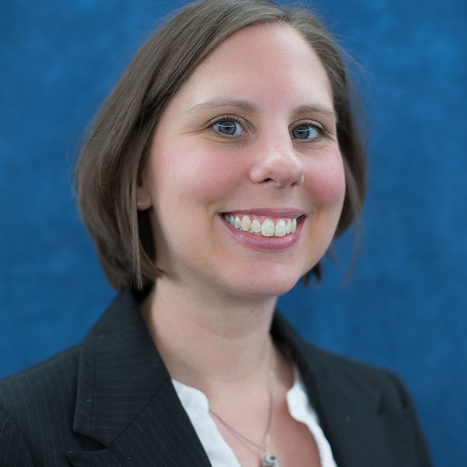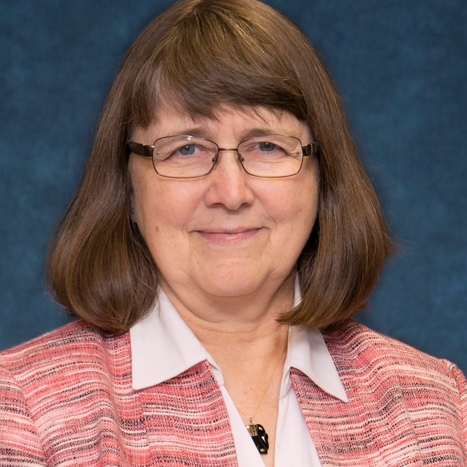Perspective: PACE—Did This Geriatric Gem Sparkle for Older Adults During the Pandemic?
September 15, 2021
Christine Stanik
Joanne Lynn
Morgan Perry
Even before formally embarking on an AHRQ-funded rapid turnaround research project in early 2021, we had been hearing many heart-warming and awe-inspiring anecdotes through our Programs of All-Inclusive Care for the Elderly (PACE) network connections; stories of remarkable innovativeness in caring for older adults during the pandemic. Though specifics differed, what our survey data are now revealing is that the common denominator is consistently high-quality care steeped in humanity, focusing on the whole person, and aimed at preserving dignity. Remarkably, around half of PACE programs repurposed their centers for all sorts of things—from organizing custom grocery bags and activity kits for participants now confined to their homes to offering overnight stays for persons with COVID-19. Some centers even established temporary infirmaries allowing participants nearing the end of life to have family present. In contrast, this was usually impossible for those in hospitals and nursing homes.
Since kicking off the survey phase of our project in March, we’re excited to report we’ve heard from about three-quarters of PACE sites nationwide. We’ve also had the pleasure of reading detailed narratives about how individual sites and their interdisciplinary staff adapted to serve participants when the pandemic hit. Given the comprehensive design of the PACE model (with dual capitation from Medicare and Medicaid) and the diverse and complex population it serves, the pandemic put these programs to the test to keep their participants as safe from infection as possible, and in the best possible mental, physical, and emotional health. Undoubtedly, the fact that PACE had substantial flexibility in how they used their funds helped. The PACE interdisciplinary teams were able to design and deliver creative and coordinated person-centered care plans—often remarkably quickly.
As a provider-organized long-term care model, PACE is unique in that the program takes responsibility and financial risk for all medical and long-term services and supports for enrolled older adults. Though all PACE participants must qualify for a nursing home level of care according to the Medicaid guidelines in their state, program acceptance rests on them being able to safely reside within the community. Given the out-of-pocket cost of PACE for Medicare-only beneficiaries, most are also dual-eligible. Before the pandemic, day-to-day medical care and support happened in the PACE Center, including meals, activities, and therapies. Suddenly with the arrival of COVID-19, congregating older adults with multiple comorbidities in the Center became dangerous, undoubtedly leading to the devastating rates of infection, illness, and death that made nursing homes so perilous. Many PACE programs rose to the challenge, providing home-based care with creativity and dedication.
Doing this meant that PACE staff visited participants throughout the week – to give baths, help with laundry, provide medical care, deliver food and groceries, and keep a close eye on overall wellness. Given the opportunities to socialize and connect that PACE typically offers, programs also had to figure out ways to engage participants remotely. For instance, staff drew people into virtual activities using specially designed and simplified tablets called GrandPads. Those who were unable or not interested in using this type of technology received regular phone calls, sometimes several times a day if the participant was going through a difficult period (including COVID-19 care that was being managed at home). Some PACE programs managed to keep their centers open for a small number of participants who would have had safety risks being at home alone. In most cases, staff reported they managed to keep these participants “socially distanced” and (mostly) masked.
We are now in the process of conducting follow-up interviews with several PACE programs, going even deeper into the lived experience of adapting to a public health emergency. An emerging theme is how difficult it was for many PACE programs to acquire vaccines for both their participants and their front-line staff. PACE is neither a hospital nor a nursing home—the initial central foci of public health officials for personal protective equipment and vaccine distribution. Further, most PACE organizations do not have affiliations with large health systems or established community-based clinics, such as Federally Qualified Health Centers. Nevertheless, in a remarkable show of ingenuity and tenacity, PACE leaders tapped into many avenues to get COVID-19 immunization to their participants and staff as quickly as possible. We’ve heard stories of staff driving participants great distances to vaccine sites, making multiple calls a day to try to schedule appointments for participants and their eligible family members, and offering to host vaccine clinics in their day centers in an effort to provide access to their participants.
This fall, we are in the process of systematically cataloging our survey and interview data and will be producing a formal report in the coming weeks. We are also preparing a statistical comparison of the experience of PACE participants and very similar older adults receiving services during the pandemic era in fee-for-service Medicare. This means we’ll be able to contrast key elements in the two cohorts, including overall mortality, days at home, and COVID-19 infection rates. We will soon be able to give an informed portrayal of how PACE participants fared as COVID-19 changed lives across the globe.
Altarum is a nonprofit organization that works with federal and state agencies and foundations to design and implement solutions to improve the health of individuals with fewer financial resources and populations disenfranchised by the health care system. We achieve measurable results by combining our expertise in public health and health care delivery with technology, workforce training and continuing education, applied research, and technical assistance. Our innovative solutions lead to better health for beneficiaries and better value for payers.

Perspective

Christine Stanik - PhD
Program Director, Delivery System Transformation
Areas of Expertise- Mixed-Methods Research
- Care of Older Adults
- Evaluation of Systems Level Interventions
As a psychologist, Christine brings a research and evaluation perspective to improving care services for elders and the disabled at a systems level. Through the design and execution of unique research protocols and tools, she works to build an evidence base for best practices around quality-of-life improvement and the person-centered care model. Using insights gained through empirical methods, she advocates for PACE expansion and comprehensive culture change in nursing homes.

Joanne Lynn - MD
Analyst, Eldercare Improvement
Areas of Expertise- Eldercare and Advanced Illness
- Long-Term Services and Supports
- Medicare
Dr. Joanne Lynn is a former geriatrician and hospice physician who is an expert in creating and advancing new models to expand long-term services and supports (LTSS) to a greater share of the aging population. Joanne is the author of hundreds of journal articles and books on LTSS policy, including MediCaring Communities, a blueprint for setting up, delivering, and funding LTSS services nationwide.
Morgan Perry
Morgan is a public health analyst in Altarum's Center for Eldercare Improvement.
